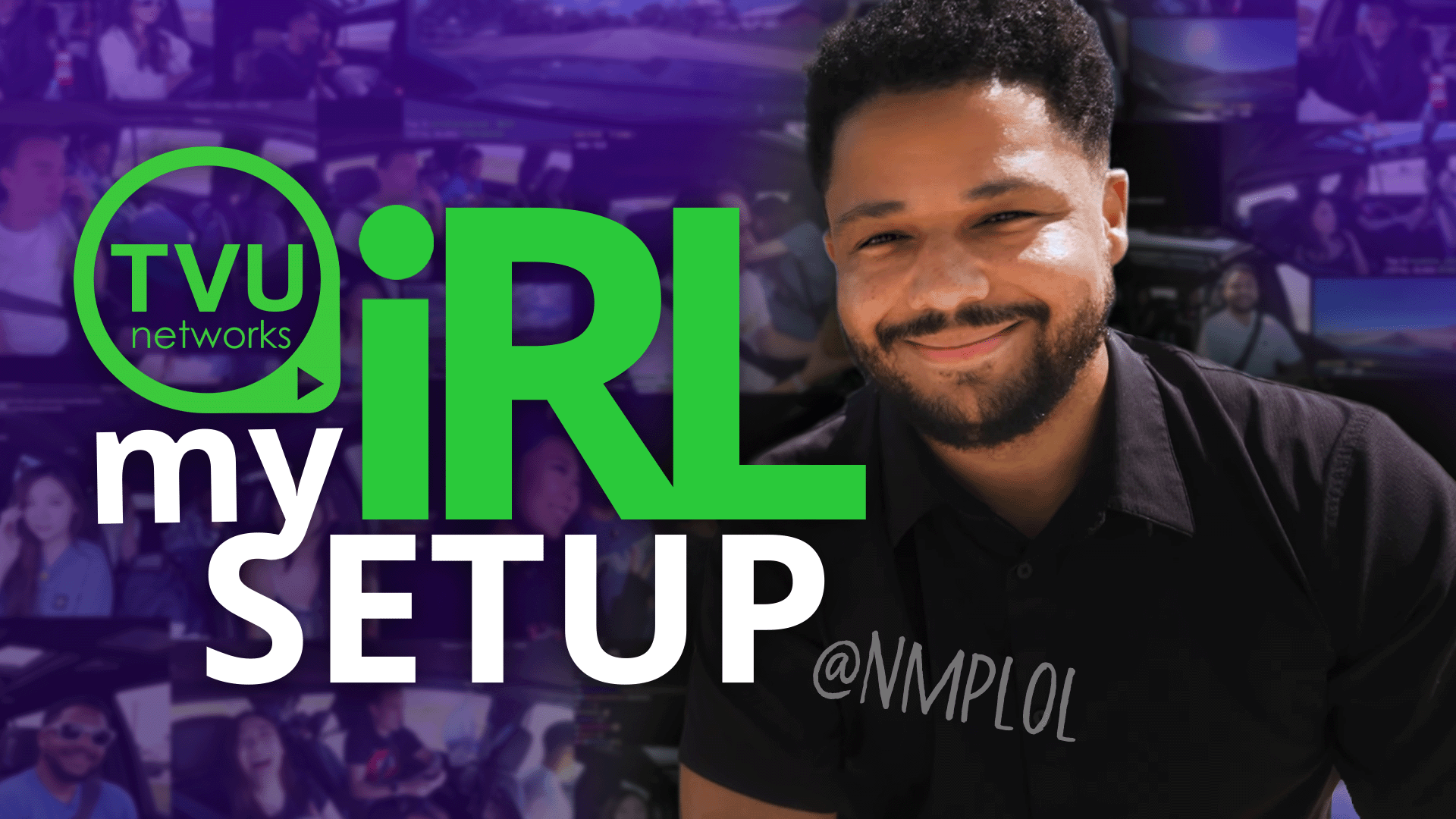Advanced ISX Technology Enables Seamless Live Transmission from Abu Dhabi to Mumbai...

The Stream Stops for No One: How NMPLOL Live-Streamed a Cross-Country Road Trip with TVU
View Related ProductsWhen Twitch streamer NMPLOL hit the road with fellow creators Extraemily, FanFan, and MisterArther, they weren’t just heading to TwitchCon – they were setting out to prove what’s possible when creativity meets cutting-edge technology. Armed with cameras, a Starlink connection, and TVU RPS One, the team live streamed every mile of their journey from Austin to San Diego, turning a casual road trip into a full-scale, multi-camera broadcast that captivated thousands of live viewers. What started as a bold IRL experiment quickly became a benchmark for the future of creator-led content.
With nearly a million followers on Twitch and a reputation for experimental, high-energy IRL content, NMPLOL has long been a creative force on the platform. But this project marked a turning point: a leap from spontaneous streams to high-production storytelling.
“I got TVU Backpacks, and let me tell you: it was solid from the beginning,” he said. “The tech was different. It lets you be live for as long as you possibly can.”
With TVU RPS One as the backbone of their production, the team delivered a synchronized, four-camera broadcast that felt more like a live television special than a typical creator stream. Each traveler’s perspective was captured and transmitted in perfect sync, creating an immersive, cinematic experience that brought viewers directly into the van. Behind the scenes, Twitch moderator Orophia, working remotely from Europe, handled live camera switching and production in real time, proving just how far decentralized workflows have come.
A major challenge on the road was network reliability, especially across rural and remote stretches of the country. To keep the stream running smoothly, the team combined TVU’s ISX algorithm with Starlink satellite connectivity, allowing for dynamic switching between cellular and satellite networks. Even in complete cellular dead zones, the stream remained stable and uninterrupted, setting a new standard for mobile live production.
What made the project truly remarkable was how it redefined expectations for independent content creators. With no production truck or technical crew, four streamers and a remote mod delivered a broadcast-quality experience using tools that were compact, flexible, and accessible. It was an innovative approach that removed traditional barriers and gave the creators full control of their storytelling.
“Without TVU, we could not have done this. Period. We were live for like ten, twelve hours a day… ,” NMPLOL said. “There were multiple times where we had zero service, and the TVU and Starlink were able to pick it up… It really felt like a real production – it wasn’t scuffed.”
Following the success of the first trip, the team reprised the journey the following year, again relying on TVU to power the production. By then, the concept had proven itself not only viable but scalable, and had even earned the team a nomination for Best Streamed Event at the Streamer Awards.
Beyond the gear itself, NMPLOL credits TVU’s support team for making the project stress-free. “There actually hasn’t ever been a single time I’ve been left out hanging,” he said.
For creators everywhere, the message was clear: professional-grade live production is no longer limited to studios or networks. With TVU RPS One, content can be created anywhere, by anyone, and still meet the high standards of today’s most demanding audiences. As streaming continues to evolve, projects like this one are a glimpse into the future, where creators don’t just participate in media innovation, they lead it.
Start a Discussion
For any information on this case or for any enquiries on the above products
We can help